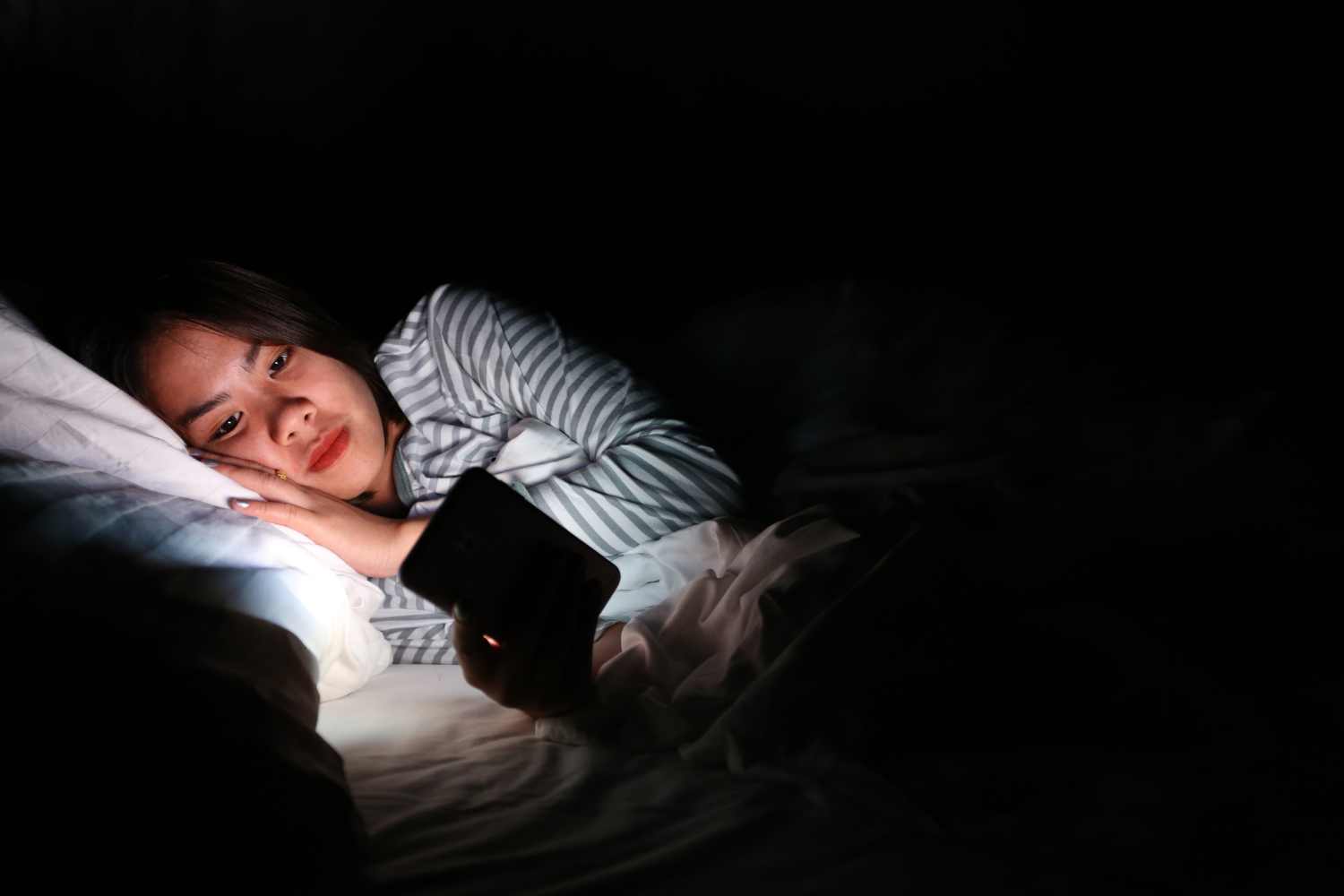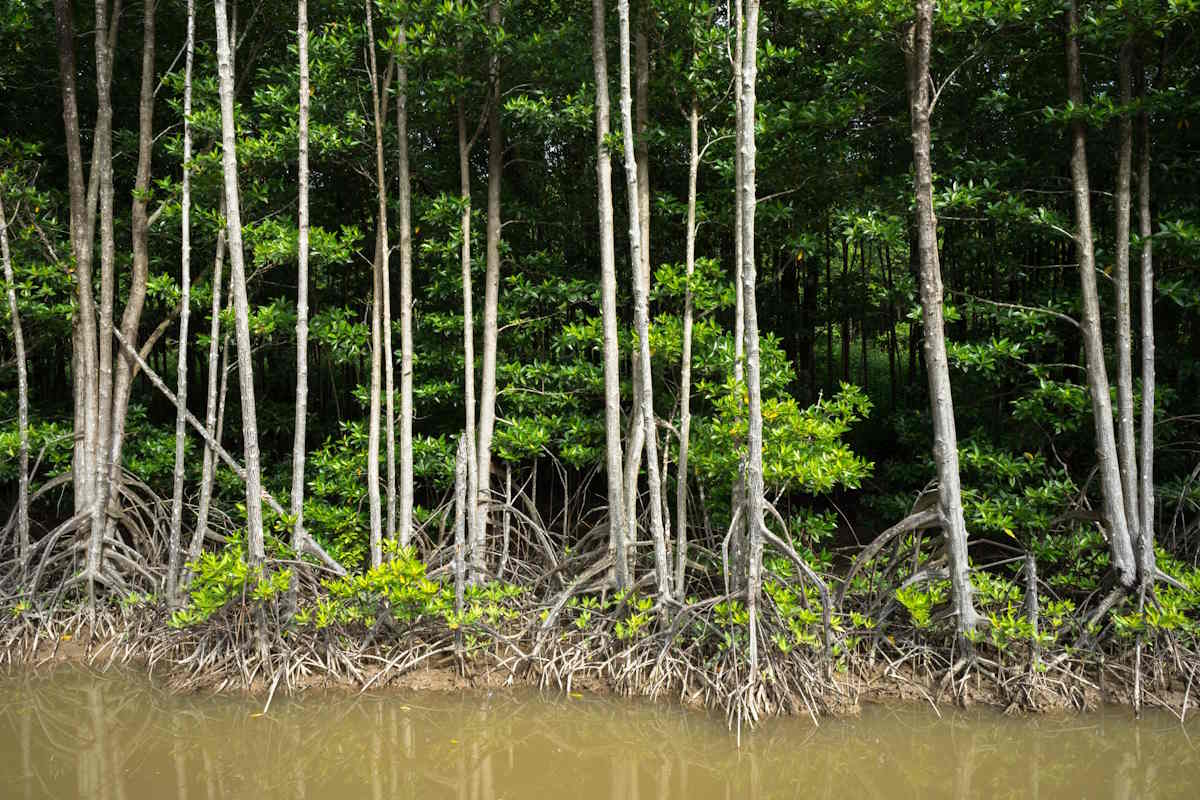The effects of the blue light emitted by the screens of digital devices have long been discussed, especially when they are used late in the evening. There is a widespread belief that the glare from our smartphones, especially during the evening "scroll" before falling asleep, can prevent sleep or compromise the quality of rest. But to what extent is this idea really founded?

Recent studies suggest the problem is more complex than what was earlier perceived, which suggests that placing the blame squarely on blue light may not be telling the whole story. Let’s look at the dynamics involved.
Blue light and circadian rhythm
Light from digital devices, as with natural daylight, is made up of short-wavelength blue light, which conveys directly to the retinal receptors sending signals to the brain that affect our circadian rhythm-the biological clock that controls sleep and wakefulness. Moreover, most researchers focus on a way to reveal if screen-induced blue light stimulation could actually disrupt sleep.
Stuart Peirson, a neuroscientist at Oxford University, explained how the photosensitive cells in our retina that are sensitive to blue light send their signals directly to our brain’s circadian regulation center, just as they do during the day to help us keep awake. And while it is indeed the case that extended exposure to blue light can make it harder to get to sleep, the actual effect of blue light in the evening may not be all it is cracked up to be.
A matter of intensity, not just color
A study conducted by Harvard University found that exposure to the blue light of an e-reader impacted the sleep of participants. On average, though, even after four hours of high-intensity screen exposure, sleep onset was delayed only about 10 minutes compared to normal. These findings hint that the impact of blue light, though there, is not as severe as it was believed previously.
Peirson avials that daylight is about a thousand times brighter than light from digital devices, and even standard artificial lighting in a typical room far surpasses smartphone brightness. In that respect, it’s not so much the type of light but rather the intensity and duration of it that really matters. It would be said, then, that it is better to reduce the ambient light before going to bed than to completely avoid blue light.
Content effects on sleep
The impact of blue light itself seems quite limited, except in cases where a person may be exposed to a bright screen for an extended period or if the individual already has a sleep disorder. Multiple studies suggest that the kind of content viewed is likely to be more relevant. Engaging or stimulating content—like social notifications or engrossing videos—can lead to mental arousal, which can make it more difficult to fall asleep.
Scrolling through social feeds or news updates can trigger the production of dopamine, the hormone of pleasure, keeping the brain functioning to look for new stimuli. This condition is far from the serene and gradual Wind Down that a brain needs to get ready for sleep, therefore suggesting that mental activity because of content is more sleep-reducing than screen blue light.
How to improve your sleep
Given the complexity of sleep, specialists recommend more pragmatic steps than special tools like blue light-blocking glasses:
- Try to limit the use of screens at night as much as possible and limit the purpose to something necessary.
- Lower the brightness of your screen and turn on “night mode” for reduced artificial light exposure.
- Avoid stimulating types of communication right before bed, whether it’s social media, video games, or even exciting reading.
- Have the same sleeping schedule: Go to bed and wake up every day at the same time, even on weekends, to regulate your circadian rhythm.
Key research into the topic underlines good sleep habits to be significant, citing screen time as but one of many pieces in the jigsaw. Several studies put evening habits ranging from the room environment to diet as far more influential factors in regulating sleep than just blue light on its own. Where blue light seems to have specific effects on melatonin levels, new research puts a different twist on things: light intensity and cognitive stimulation also play major roles in how we sleep.
Answering the original question
Blue light contributes to sleep delays, but the effect is very slight and seems to be mainly dependent on the long-term, high-intensity exposure. The behavior and nature of what we are doing with those devices may more likely explain how it affects our sleep rather than the screens themselves. A soothing night-time routine that primes the body for sleep may be a better approach, in addition to dimming the brightness of the screen, rather than avoiding them altogether.

